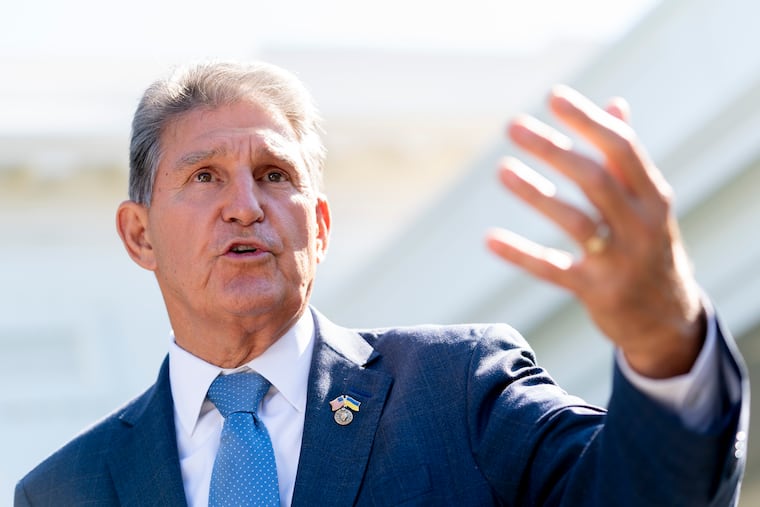Child poverty has been plummeting across the U.S. for decades. We must keep the momentum going. | Editorial
A strong start would be restoring the federal child tax credits families received in 2021.

America can be forgiven for not noticing something wonderful that happened while it was distracted by the 9/11 attacks, wars in Afghanistan and Iraq, a brutal recession, and an assault by insurrectionists on the U.S. Capitol. While all of that was going on, child poverty in the nation dropped nearly 60%.
That dramatic improvement in the lives of our children since the early ‘90s was revealed in a new analysis that calculated the impact of tax credits and safety nets such as the Supplemental Nutrition Assistance Program, which the Census Bureau before 2009 did not consider in its poverty reports.
Fourteen percent of children under age 18 lived in poverty in 2019, according to the bureau, but Child Trends, a nonpartisan research group working in collaboration with the New York Times, said 11% is a more accurate figure. Either number is a steep drop from the 28% of children reported as living in poverty in 1993.
Some conservatives are attributing the progress to passage of the 1996 bill signed by President Bill Clinton that was supposed to end “welfare as we know it” by imposing work requirements on poor families applying for aid.
» READ MORE: Philly kids are still suffering COVID’s consequences, from mental health to childcare
The Child Trends analysis, however, shows safety net programs such as SNAP had a bigger impact than “workfare.” The analysis attributed 9% of child poverty’s decline to “increased labor force participation,” but it said any role the employment of single mothers played peaked around 2000, while child poverty continued to fall.
The analysis said the federal earned income tax credit reduced child poverty by 22%; Social Security benefits, 14%; and SNAP, 11%. Those programs helped keep child poverty from increasing even more than the 4% it rose during the Great Recession from 2007 to 2009. But federal programs had minimal impact on “deep poverty.” That’s when a family makes less than 50% of the federal poverty threshold, which is $23,030 a year for a single mother with two children.
New social net programs were created during the pandemic to keep poverty from rising, but as COVID-19 cases receded, conservatives fought their extension. Some said the additional consumer spending generated by putting extra cash into people’s pockets helped fuel inflation. But inflation was 8.3% in August after peaking at 9.1% in June, and gasoline prices have dropped for three straight months.
That should be enough to change the conversation. Let’s talk about restoring the bigger federal child tax credits families received between March and December in 2021 to help them get through the pandemic. The existing $2,000 per child tax credit was raised to $3,600 for children under 6, and to $3,000 for older children. That extra money kept 3.7 million children from living in poverty and reduced monthly child poverty numbers by 30%.
» READ MORE: How we can help children overcome adversity
Sen. Joe Manchin, a Democrat from West Virginia, says any tax credit extension should include a work requirement. But that would have no impact on the millions of working poor who needed help paying their bills before the pandemic and still need it now.
Other critics say there’s no money to make the larger tax credit permanent. But that could be resolved by recalibrating how taxes are spent, including the $20 billion a year in direct subsidies paid to the fossil fuel industry. Eighty percent of those allocations go to oil and gas companies. ExxonMobil reported a record $17.85 billion profit for this year’s second quarter. Chevron reported a record $11.62 billion. Does that sound like they need help?
Let’s stop subsidizing the dividends paid to stockholders trying to squeeze every dollar out of an industry that will die if it doesn’t speed up its transition to renewable energy. Let’s instead invest more in ending child poverty. That will help ensure the futures of not just today’s children but also their children, who by our example can better understand the principle of putting the least fortunate first to make life better for us all.